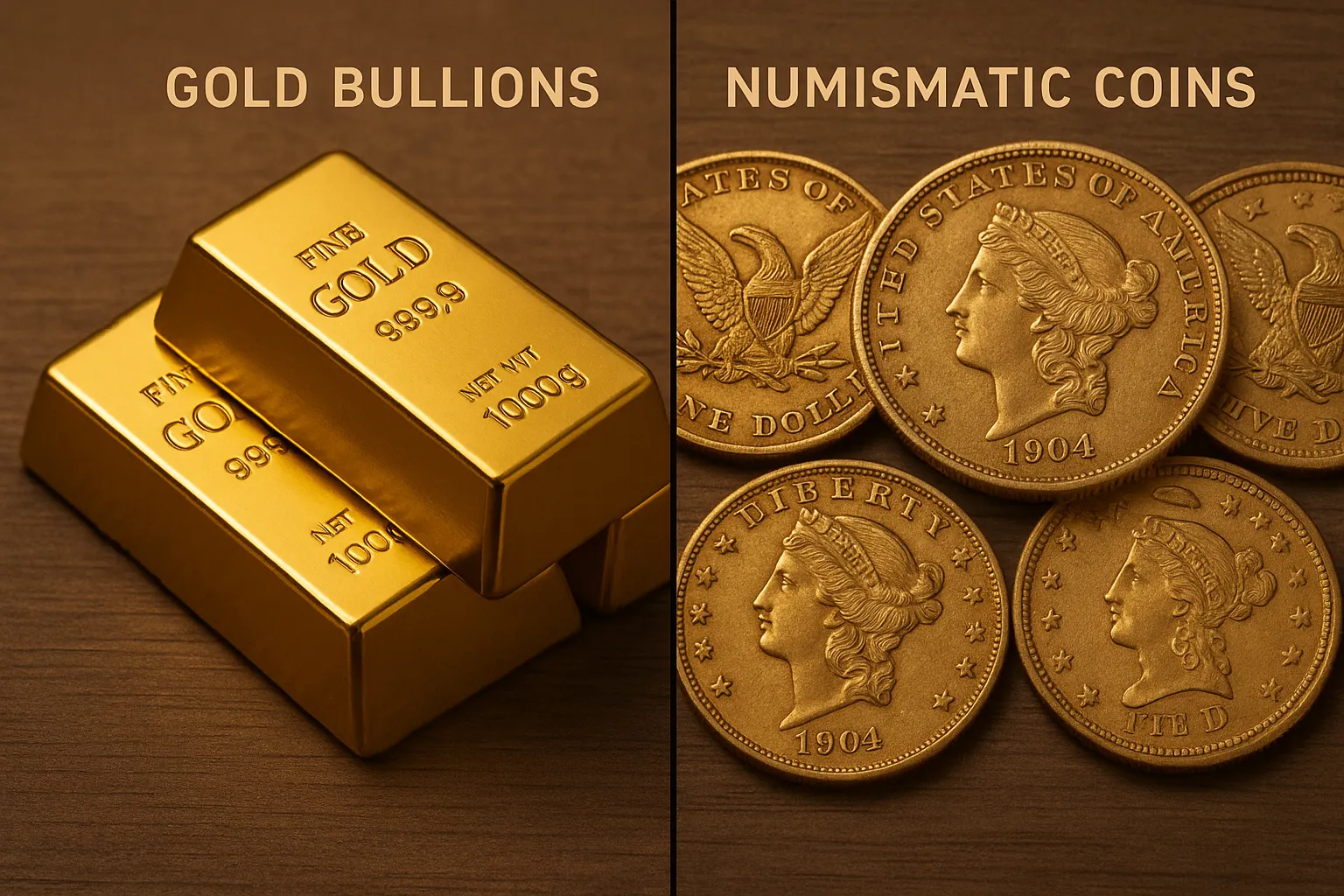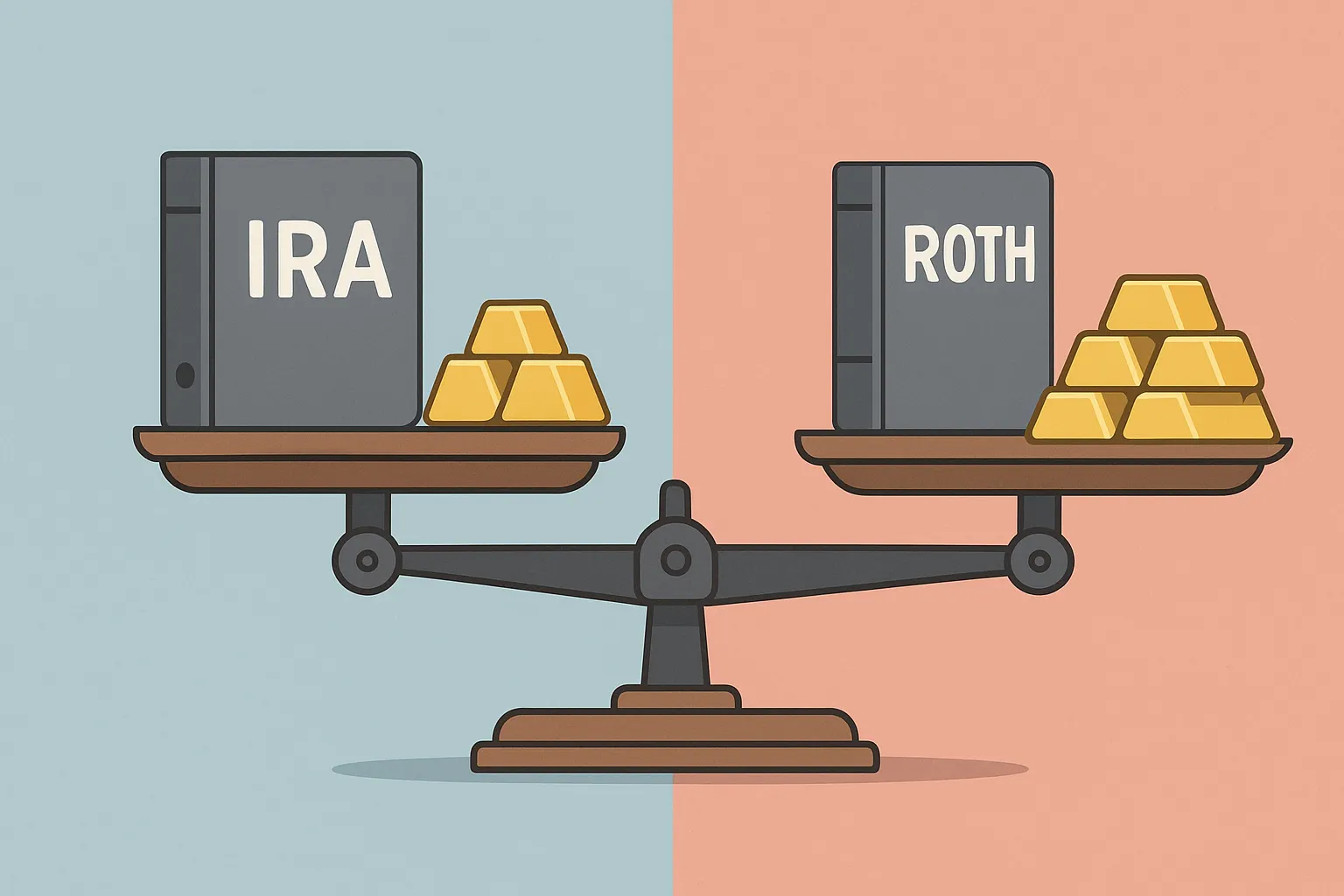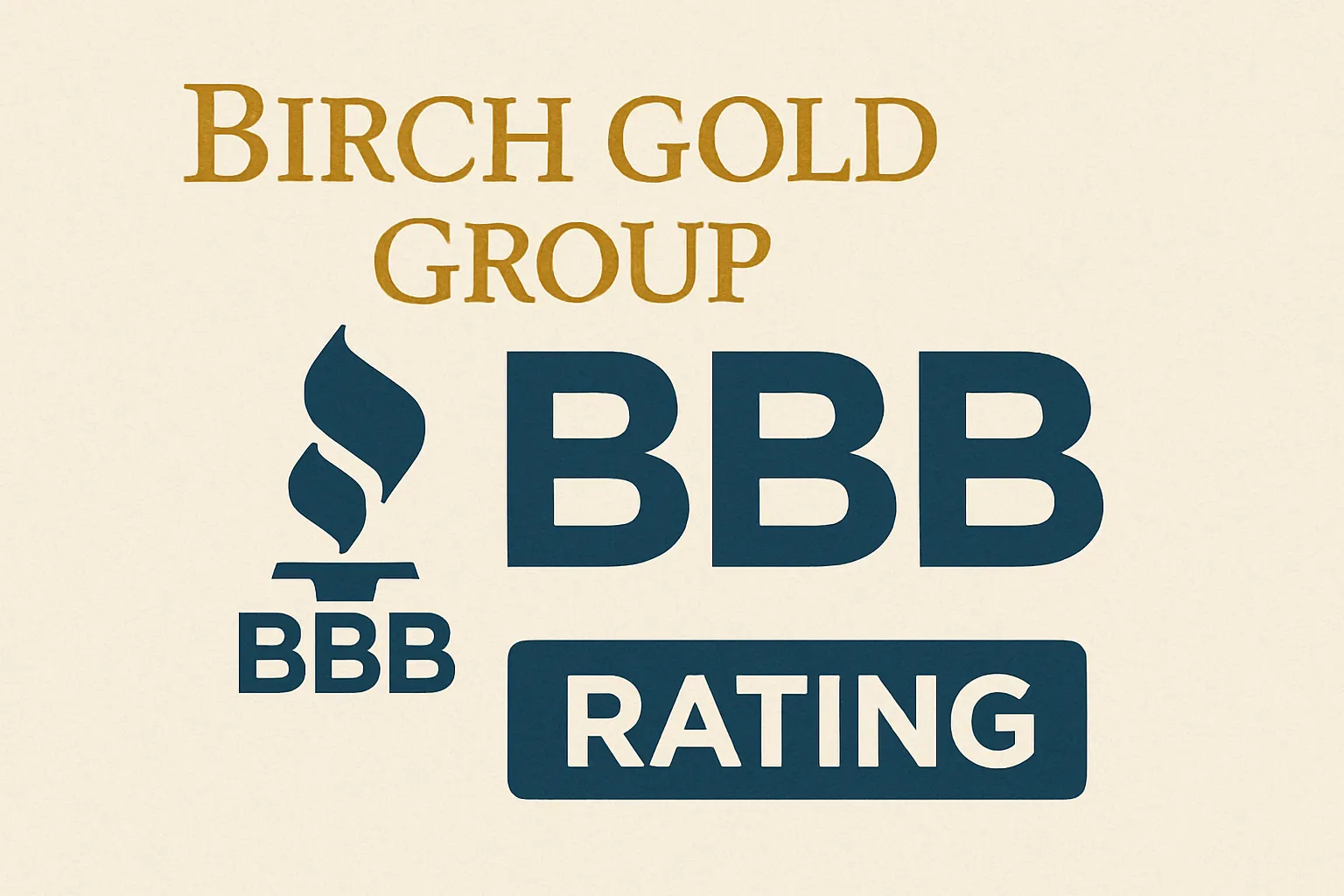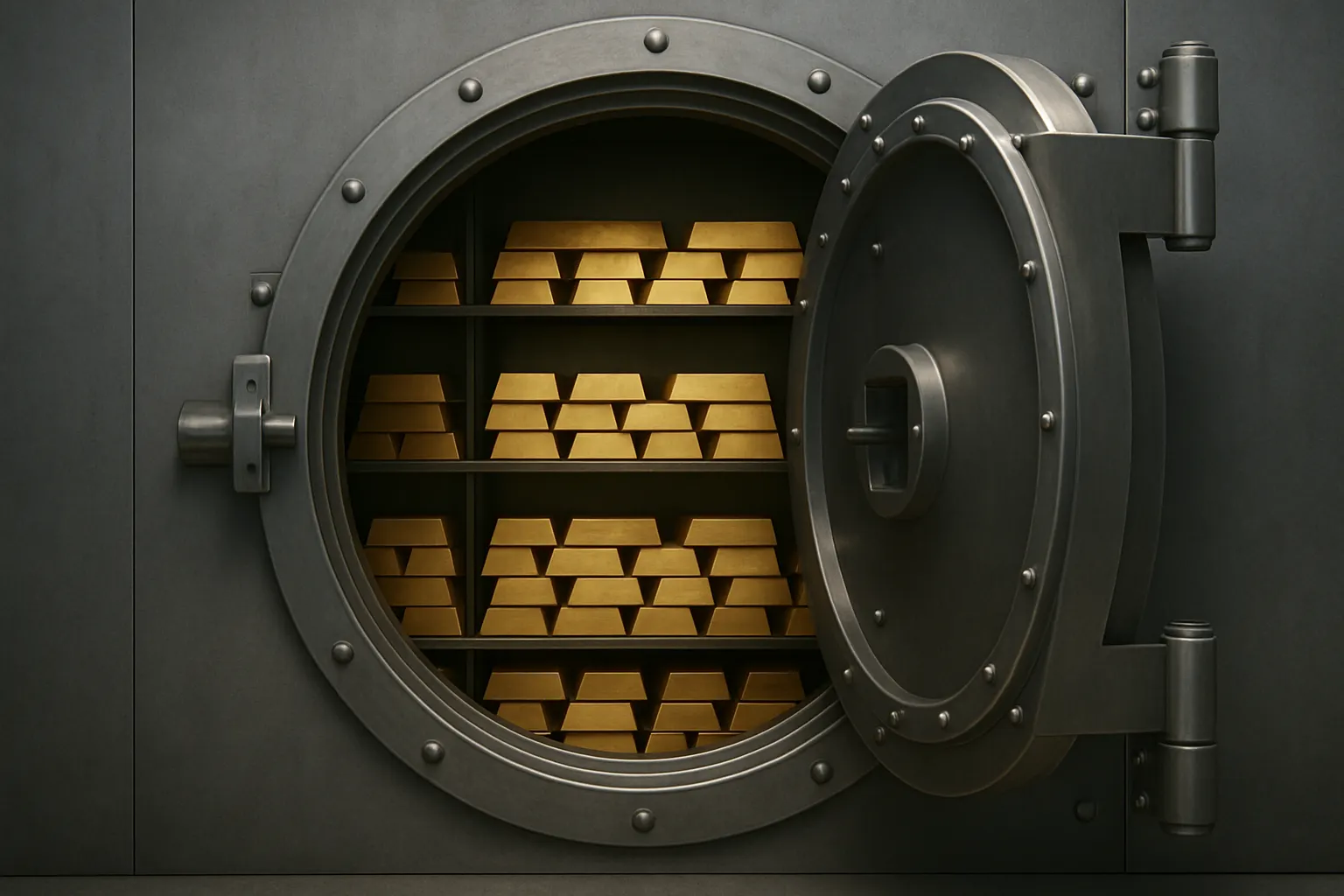IRA Gold Ownership Verification
In an era of economic uncertainty, gold IRAs have become increasingly popular among investors seeking to diversify their retirement portfolios.
While the appeal of physical precious metals is clear, what's often overlooked is the critical importance of proper ownership verification.
This article examines the essential aspects of IRA gold ownership verification, helping investors navigate compliance requirements and protect their investments.
Understanding Gold IRAs and Ownership Structure
A gold IRA is a self-directed Individual Retirement Account that allows investors to hold physical precious metals instead of traditional paper assets. Unlike conventional IRAs that hold stocks, mutual funds, or bonds, gold IRAs require specialized custodians who manage the account and facilitate the purchase of IRS-approved precious metals.
The key distinction in ownership structure is that while you own the gold in your IRA, you cannot personally possess it. To comply with IRS requirements, all IRAs, including precious metals IRAs, must leave their assets in possession of a trustee or custodian, not the owner's individual possession. This separation creates the need for robust verification systems.
Legal Requirements for Gold IRA Verification
The IRS maintains strict guidelines regarding precious metals in retirement accounts:
1.Approved Metals and Purity Standards
The IRS requires specific purity standards for all IRA-eligible precious metals:
- Gold must have a minimum fineness of 0.995 (99.5% pure)
- Silver must have a minimum fineness of 0.999 (99.9% pure)
- Platinum must have a minimum fineness of 0.9995 (99.95% pure)
2. Approved Storage Requirements
Eligible gold can only be included in your IRA "provided it is in the physical possession of a bank or an IRS-approved nonbank trustee," according to the IRS. Storing your IRA gold at home can be considered as taking a distribution, which means you may lose your tax-deferred benefits and could face penalties.
3. Documentation Requirements
All gold IRA transactions must be fully documented to establish a clear chain of custody and ownership verification. This includes purchase receipts, transfer documents, and storage certificates.
The Verification Process Explained
The gold IRA verification process involves multiple steps to ensure compliance with IRS regulations:
1. Initial Acquisition Verification
When you purchase gold for your IRA, several verification steps occur:
- Source Verification: The gold must come from approved dealers and meet IRS purity standards
- Transaction Documentation: Detailed receipts must specify the exact type, weight, purity, and value of metals purchased
- Chain of Custody: A documented transfer from dealer to custodian must be maintained
2. Custodian Verification Responsibilities
Custodians play a critical role in the verification process. When providing investment direction for the purchase of precious metals, you must select a third-party depository location for physical storage of your IRA-owned precious metals. Custodians are responsible for:
- Verifying the authenticity of the precious metals
- Ensuring proper documentation of all transactions
- Maintaining records of all holdings
- Facilitating annual valuations and reporting
3. Depository Verification Procedures
Depositories are responsible for conducting annual audits, incorporating quality control methods, carrying insurance, and conducting authentication testing. Key verification procedures include:
- Physical Audits: Regular inventory checks to verify presence and condition
- Authentication Testing: Ensuring all holdings meet purity standards
- Segregated vs. Commingled Storage: Different storage options affect verification methods
- Insurance Verification: Confirming adequate coverage for stored assets
4. Annual Reporting and Verification
Gold IRAs require annual verification and reporting:
- IRS Form 5498: Reports the fair market value of IRA assets
- Account Statements: Your account statement will reflect the valuation of precious metals based on spot value, which is the current spot price multiplied by the ounces of fine metal contained in the coin or bar.
- Audit Reports: Summaries of physical audits conducted by the depository
Common Verification Challenges
Several challenges can complicate the verification process:
1. Authentication Issues
- Counterfeit concerns for certain gold products
- Purity verification for non-standard items
- Grading discrepancies for numismatic coins
2. Documentation Problems
- Incomplete transaction records
- Missing chain of custody documentation
- Inadequate storage certificates
3. Storage Compliance Issues
- Storing IRA gold at home is prohibited and can result in the IRS considering it a distribution, potentially triggering taxes and penalties if you're under 59½ years old.
- Improper depository selection
- Commingled storage complications
Best Practices for Gold IRA Owners
To ensure proper verification of your gold IRA holdings:
1. Choose Reputable Partners
- Select established custodians with IRA specialization
- Ask for verification of all licenses, registrations, insurance, and bonds to protect your investment.
- Research depositories with strong security and audit protocols
2. Maintain Comprehensive Records
- Keep copies of all transaction documentation
- Document all communications with custodians
- Retain annual statements and valuations
3. Regular Verification Checks
- Request periodic confirmation of holdings
- Review depository audit reports
- Verify insurance coverage annually
4. Understand Storage Options
- When selecting a depository, understand how your metals will be stored (commingled or segregated) as this is an important distinction affecting verification.
- Segregated storage provides clearer verification but may cost more
- Commingled storage may be more affordable but complicates individual asset identification
Tax Implications and Compliance
Proper verification is essential for tax compliance:
1. Accurate Valuation Reporting
- Annual fair market values must be reported to the IRS
- Incorrect valuations can trigger audit flags
2. Distribution Verification
- You can begin taking distributions from your Gold IRA at age 59.5, like any other IRA. Required minimum distributions (RMDs) apply to Gold IRAs at age 72.
- Physical distribution of metals requires special documentation
- In-kind distributions must be properly valued
3. Audit Preparedness
- Maintain complete documentation for potential IRS reviews
- Ensure custodian and depository compliance with regulations
- Address any verification discrepancies promptly
Verification Technology Advancements
The gold IRA industry has embraced technological improvements for verification:
1. Digital Authentication Systems
- Advanced scanning technologies for purity verification
- Digital hallmarking and certification
- Blockchain-based verification solutions
2. Online Verification Portals
- Real-time access to holdings information
- Digital documentation archives
- Automated compliance checking
3. Enhanced Security Protocols
- Multi-factor authentication for account access
- Digital audit trails for all transactions
- Advanced surveillance at depositories
Conclusion:
The Importance of Verification
Proper verification of IRA gold ownership is not merely a regulatory requirement—it's an essential safeguard for your retirement investment.
With physical precious metals held by third parties, robust verification provides peace of mind that your assets exist, meet quality standards, and remain securely stored.
By understanding the verification requirements and implementing best practices, investors can ensure their gold IRAs remain compliant while maximizing the benefits of precious metals ownership in retirement planning. The extra effort involved in verification is a small price to pay for the security and confidence it provides in your investment strategy.
Remember that verification is an ongoing process, not a one-time event. Regular monitoring, good record-keeping, and working with reputable partners are the cornerstones of successful gold IRA ownership verification.

















